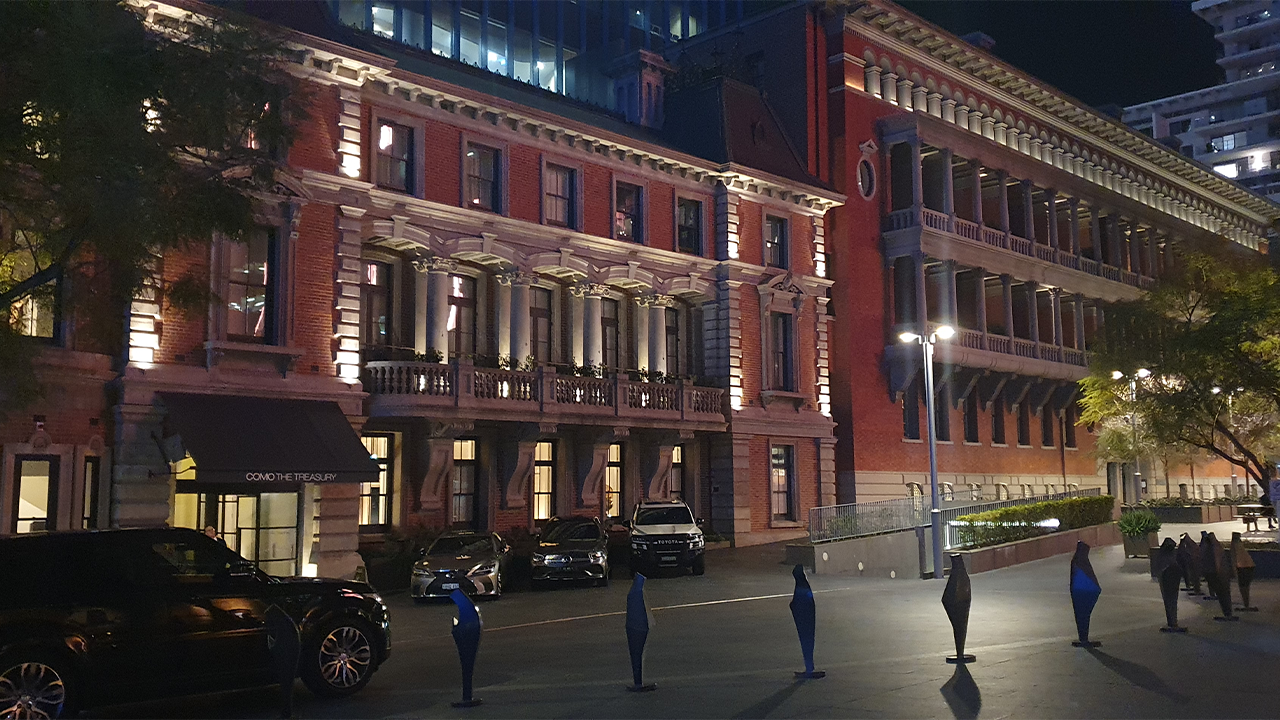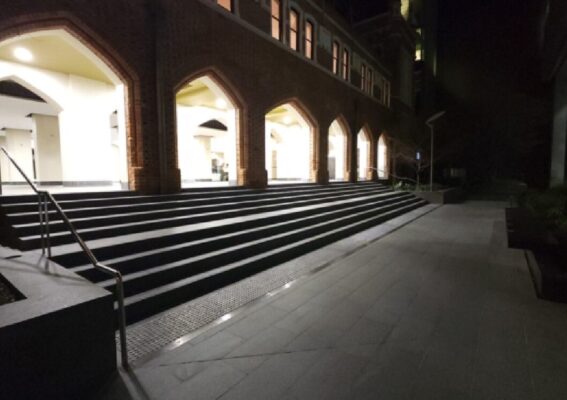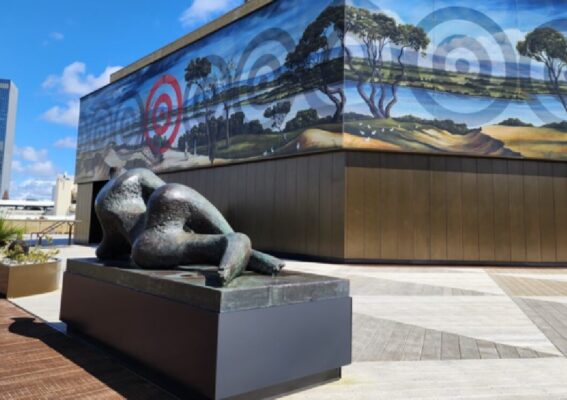The Treasury Hotel in Western Australia is an architectural gem and a historical landmark. As a place where history meets luxury, the hotel welcomes guests from all over the world. However, in order to preserve its historical charm while ensuring accessibility for all visitors, the Treasury Hotel partnered with Dottac, a leading company specializing in tactile solutions. Dottac’s innovative use of stainless steel tactile indicators played a pivotal role in transforming the Treasury Hotel into an inclusive and welcoming space.
Situated in a building that dates back to the late 19th century, the Treasury Hotel is a blend of history and modernity. Its elegant architecture and rich heritage make it a unique destination for travelers and locals alike. However, like many heritage buildings, it posed accessibility challenges that needed to be addressed.
The Treasury Hotel recognized the importance of accommodating individuals with visual impairments and providing them with a seamless and safe experience. To achieve this, they turned to Dottac, a company renowned for its expertise in tactile solutions.
Tactile indicators are essential elements in making public spaces accessible. They provide vital sensory information to individuals with visual impairments, aiding them in navigation and ensuring their safety. The incorporation of tactile indicators at the Treasury Hotel was a significant step towards achieving this goal.
Dottac initiated the project by conducting a thorough assessment of the Treasury Hotel’s premises. This assessment aimed to identify key areas where tactile indicators could have the most significant impact. Collaborating closely with hotel staff and accessibility experts, Dottac ensured that the installation would be tailored to meet the unique requirements of the historical building.
One of the primary areas of focus was the hotel’s entrances. Dottac strategically installed stainless steel tactile indicators at the entrances, marking the transition from the exterior to the interior. These tactiles provided clear and tactile cues, making it easier for guests with visual impairments to locate and access the Treasury Hotel’s main entrance independently.
Inside the hotel, tactiles were placed strategically to guide guests towards various areas, including the reception desk, elevators, restaurants, and guest rooms. These indicators formed tactile pathways, ensuring that individuals with visual impairments could navigate the hotel with confidence. The tactiles’ raised dots and patterns provided tactile feedback, helping guests identify directional cues and transitions.
The use of stainless steel for the tactile indicators was a thoughtful choice. Stainless steel is not only durable and resistant to corrosion, but it also adds a touch of elegance and sophistication to any environment. At the Treasury Hotel, the sleek appearance of the stainless steel tactiles complemented the historical charm of the building while adding a modern and welcoming touch.
Staircases, often present in heritage buildings like the Treasury Hotel, were another area of focus. Dottac addressed this by installing tactile indicators on staircases throughout the hotel. These tactiles featured raised dots and tactile patterns that clearly defined each step, enhancing safety and accessibility.
Elevators, an essential element for multi-story hotels, also received Dottac’s attention. Tactile indicators were strategically positioned near elevator doors to aid guests in locating and accessing elevators independently. This not only improved accessibility but also demonstrated the Treasury Hotel’s commitment to providing a welcoming and inclusive experience.
The installation of stainless steel tactile indicators at the Treasury Hotel was a testament to Dottac’s dedication to accessibility and inclusivity. These indicators were more than functional; they symbolized a commitment to making the hotel’s luxurious accommodations and services accessible to everyone, regardless of their abilities. The Treasury Hotel’s commitment to accessibility, as demonstrated through its collaboration with Dottac, transformed it into a more welcoming and inclusive destination for travelers and history enthusiasts.
Furthermore, the tactiles contributed significantly to the safety of the Treasury Hotel. Guests with visual impairments could now navigate the space with increased confidence, reducing the risk of accidents and ensuring a secure and comfortable stay. The hotel staff also recognized the positive impact of these tactile indicators in creating a safe and accommodating environment for all guests.
In conclusion, Dottac’s innovative use of stainless steel tactile indicators at the Treasury Hotel in Western Australia was a significant milestone in enhancing accessibility and inclusivity in a historical building. The project not only made the hotel more accessible but also emphasized the importance of thoughtful design and tactile solutions in creating welcoming and inclusive environments. The Treasury Hotel’s commitment to accessibility sets a commendable example for heritage buildings and luxury accommodations, highlighting the significance of accessibility and inclusivity in preserving historical charm while providing exceptional hospitality to all guests.












